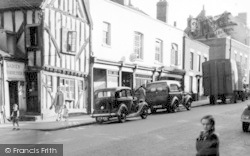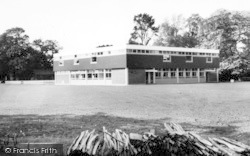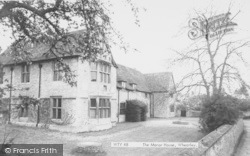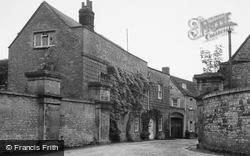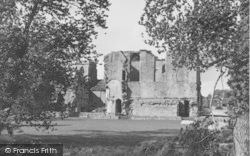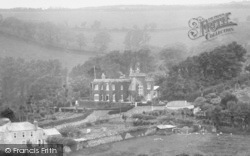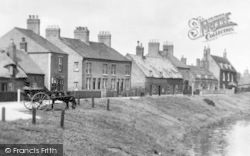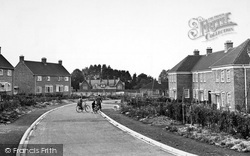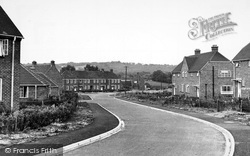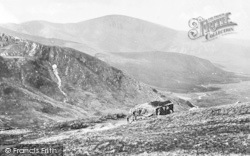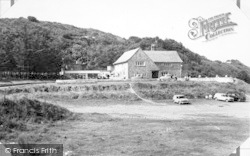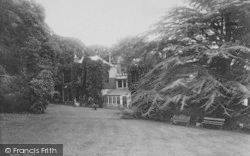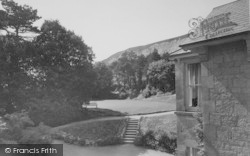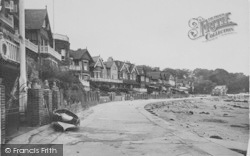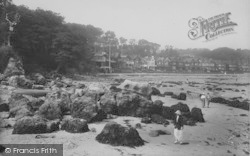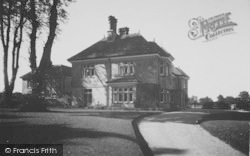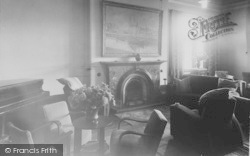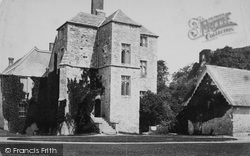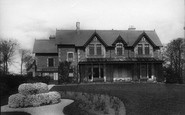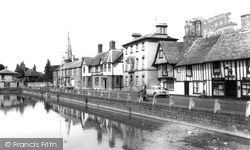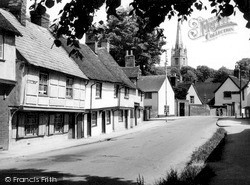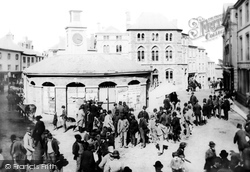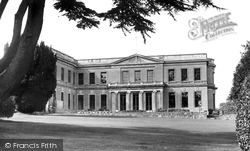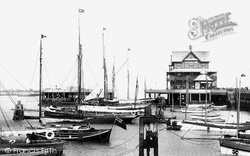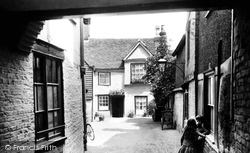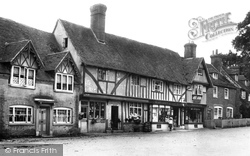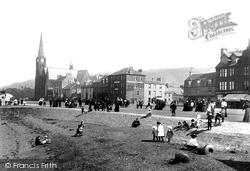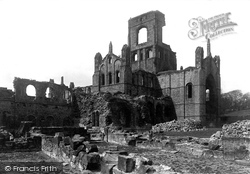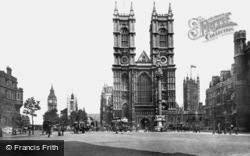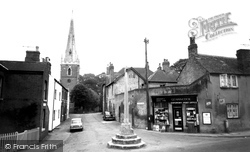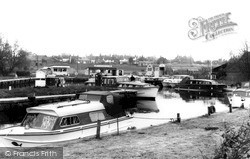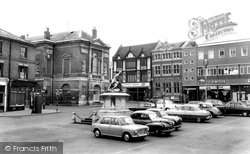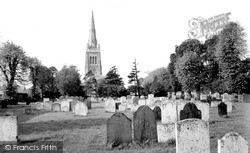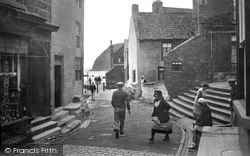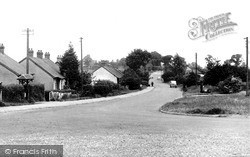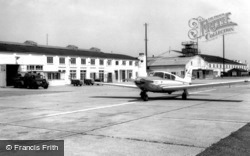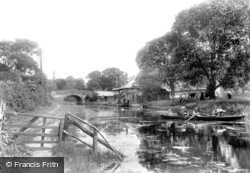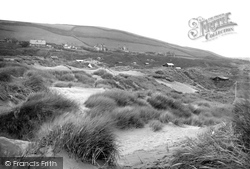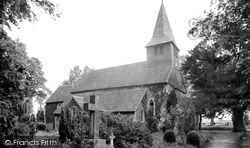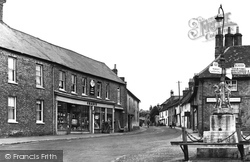Places
36 places found.
Those places high-lighted have photos. All locations may have maps, books and memories.
- Chatsworth House, Derbyshire
- Osborne House, Isle of Wight
- Brambletye House, Sussex
- Ickworth House, Suffolk
- Kingston Lacy House, Dorset
- Boscobel House, Shropshire
- Preshute House, Wiltshire
- Bolton Houses, Lancashire
- Brick Houses, Yorkshire
- Quaking Houses, Durham
- Water Houses, Yorkshire
- Bottom House, Staffordshire
- New House, Kent
- Mite Houses, Cumbria
- Lyneham House, Devon
- Church Houses, Yorkshire
- Dye House, Northumberland
- Spittal Houses, Yorkshire
- Street Houses, Yorkshire
- Tow House, Northumberland
- Halfway House, Shropshire
- Halfway Houses, Kent
- High Houses, Essex
- Flush House, Yorkshire
- White House, Suffolk
- Wood House, Lancashire
- Bank Houses, Lancashire
- Lower House, Cheshire
- Marsh Houses, Lancashire
- Chapel House, Lancashire
- Close House, Durham
- Guard House, Yorkshire
- Hundle Houses, Lincolnshire
- Hundred House, Powys
- Thorley Houses, Hertfordshire
- School House, Dorset
Photos
6,747 photos found. Showing results 2,101 to 2,120.
Maps
370 maps found.
Books
Sorry, no books were found that related to your search.
Memories
10,363 memories found. Showing results 1,051 to 1,060.
A Yokels Tale
A Personal Recollection of growing up during the last days of the pedestrian era in rural England by Tom Thornton A Yokel's Tale My earliest recollection of my Thornton grandparents, Alice and Tom, dates back to my pre-school ...Read more
A memory of Owslebury in 1941 by
Manor Road Sidcup
I was born in Farnborough hospital in June 1956. My mother is Austrailian and my father grew up in and around Bridgwater in Somerset. From the period of 1956 -1960 we lived in the top flat at 12 Manor Road (now sadly gone), the ...Read more
A memory of Sidcup in 1956 by
Family Picnics In 1950s
In the 1950s my family made regular summer trips to a scenic and elevated spot somewhere in the general area of Aylesbury for family picnics. I have a few b&w snaps - one of which shows a road wide enough for two ...Read more
A memory of Aylesbury in 1955 by
My Memories Of Cromer
Born in 1947 in Suffield Park, as was, Cottage Hospital on Overstrand Road. Lived in Links Avenue until 1959. My memories are vast. I went to school in the centre of Cromer which is now converted to senior citizens ...Read more
A memory of Cromer in 1952 by
Winlaton
31/10/11 My Great Grandparents were Joe and Ann Boyd who lived in Winlaton. Their children were Joe, Billy, George, Mary, Eliza and Annie. Thier daughter Mary married Jack Flanagan (my grandparents) on 12 September 1912 and they lived ...Read more
A memory of Blaydon in 1900 by
Childhod Memories.
I visited Eagle Hall as a child, my grandfather, Mr GB Edward, and his wife bought the Hall in a fairly run down condition. I have memories of horse riding around the grounds swimming in one of the lakes, and of how ...Read more
A memory of Pateley Bridge in 1965 by
Three Houses In Sipson
I have lived at three houses in Sipson. The first was 44 Sipson Way. My mother, brother and I moved in there in about 1956. I went to the old Heathrow School on the Bath Road a nice little school though old fashioned. I ...Read more
A memory of Sipson in 1956 by
Grandmothers House
I loved the Humberstone village and living with my grandmother. I went to Humberstone School. Her name was Maggie Hunt. I would love to hear her and her friends singing all those pub songs at the P lough and The ...Read more
A memory of Humberstone in 1953 by
Growing Up In Morgans Terrace
I was born in 1932 at 5 Morgan's Terrace and soon thereafter moved to No 18. There were 7 people living at that address, my maternal Grandfather John Lewis, my maternal Uncle Donald Lewis, my mother Greta ...Read more
A memory of Pontrhydyfen in 1930 by
An Old House
Alan, can you jog my memory please? As you came down the hill, on the left just before the little Tesco's, there was a small derelict cottage. I can remember creeping in there one day and finding an ornate cast iron fireplace. I ...Read more
A memory of Bletchley in 1954 by
Your search returned a large number of results. Please try to refine your search further.
Captions
6,914 captions found. Showing results 2,521 to 2,544.
Part of this building now houses a fish and chip shop. In 1987 the local newspaper reported that the Causeway was reproduced in a model village outside Canberra in Australia!
These are the first houses we see as we enter the town from the north; they have been described as 'an outstanding group of mostly 15th- and 17th-century timber-framed buildings'.
The oval Butter Market was designed by George Wightwick, who simultaneously designed the Lower Market House, which still stands in Market Street and is now an arcade.
The oval Butter Market was designed by George Wightwick, who simultaneously designed the Lower Market House, which still stands in Market Street and is now an arcade.
Northwood House was the home of Tennyson's friend William George Ward in the 19th century. The poet and Ward would often stroll around Northwood's exquisite gardens.
He was also involved with the building of Nelson's Column, the Houses of Parliament, and railway lines all over the world.
With houses crowded together, yards like this were not uncommon in Cambridge.
Its pretty houses grouped around a square by the castle gates lend it a timeless air.
New houses have also been erected nearby. St Columba's Parish Church is still a landmark.
Kirkstall was founded in 1152 as a daughter house of Fountains Abbey. Building work was completed by 1175 and iron forging began in 1200.
Behind are Big ben and the Houses of Parliament.
Apart from All Saints, little of architectural quality has survived, except for a few rather handsome houses, including the Rectory of 1808 and the Old Hall.
Aston Boats' Nissen huts have now been taken over by Princess Cruisers, and the sheds alongside the moorings have been replaced by a house.
The range to the right of the Post Office has been rebuilt as Lipton House. Stead and Simpson have traded from a shop on this site since at least 1898.
This village-like landscape is a reminder of the old centre of Kettering, which clustered around the Manor House and the church. There are now only a few gravestones left in the re-organised area.
Yards or passages lead to many of the houses; they seem to have been put wherever they would fit, a little like a wrongly-completed jigsaw. This gives the village a unique charm.
The bungalows along Church Road are fairly representative of the kind of housing to be seen in Laindon before the New Town came. Several of them are still there.
The air traffic control centre is housed in a building which rather resembles an old war-time nissen hut; to the right of it is the quaintly-named emergency services rendezvous point.
From c1890 the premises was advertised as the Cricketers Inn and Boating House.
The 'proper' housing lines the Braunton to Croyde road, and the sea (behind the camera) is a noted surfing area.
Most of the town's finest buildings are Georgian - the woollen mills and the merchants' houses. Bath stone was used for many of the buildings.
Although the village now has a number of modern housing developments, the church still stands in a rural location.
The shop 'Chance' has gone and is now a private house. Outside stands a bus stop.
Its stonework now clean and smart, the Town Hall in 2004 still holds the Council Chamber, and also houses the Tourist Information Centre.
Places (80)
Photos (6747)
Memories (10363)
Books (0)
Maps (370)


